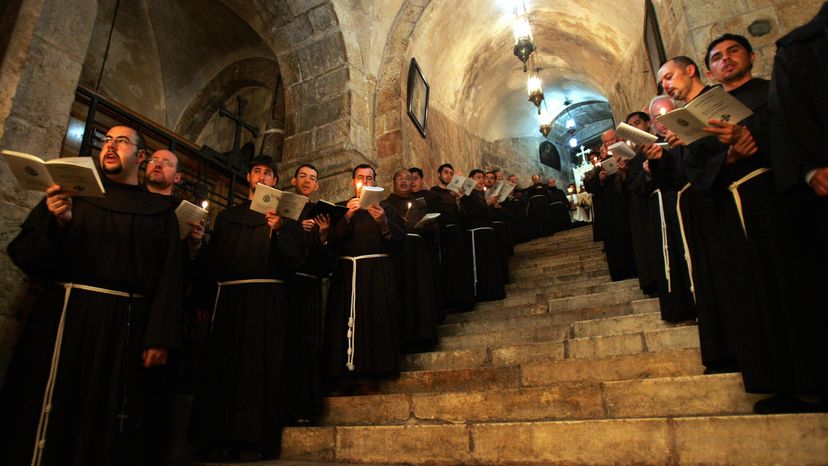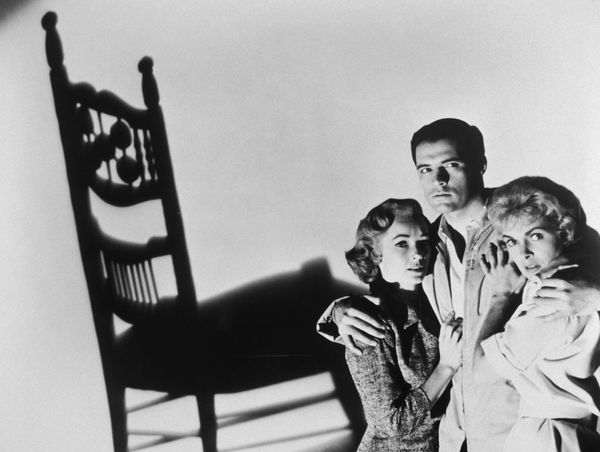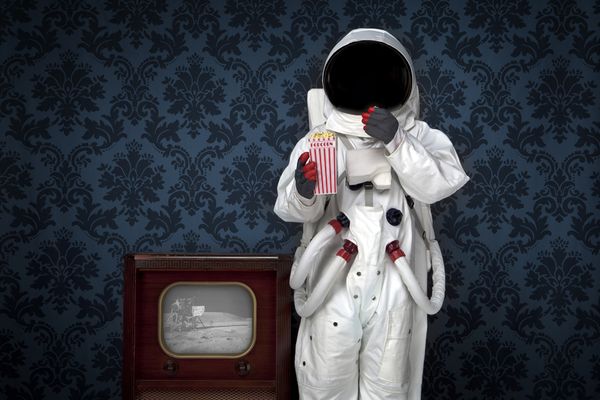
You've heard it during "Star Wars." "The Shining." Even "Home Alone."
For decades, clever composers have woven elements of a particular medieval dirge into film soundtracks to convey a sense of dread, foreboding and general doom where the script calls for it. In the latest episode of The Soundtrack Show podcast, titled, Doom and Gloom: Music has a word for "Death," host David W. Collins discusses the significance of this particular composition and why it's so popular.
Advertisement
Known widely as "The Day of Wrath," the original Latin title is "Dies Irae," which can also translate to such sunny concepts as Judgement Day, the end of the world and death in general. The piece features a mere handful of notes, and was originally composed back in the 13th century by a Franciscan monk named Thomas of Celano. Little did he know that one day his piece would be revered, repurposed and otherwise showcased in many of the biggest films to hit Hollywood.
Hardly what we would consider a complex musical work by today's standards, the piece doubles as a requiem chant, and features some pretty sobering Latin lyrics. (Translated into English, the first two lines read: "Day of wrath, day that/will dissolve the world into burning coals.") You can hear it in this sample below.
Mozart and Verdi were just two of the composers who wrote music based on "Dies Rae." The hymn's first big movie exposure was in 1941's "Citizen Kane."
"You've been hearing it again and again in huge franchise movies like 'Star Wars,' 'Lord of the Rings,' Disney movies and way more," Collins says in the podcast. Collins himself has a unique insight into the use of music within the film industry, having developed his career as a voice actor, sound mixer and composer for many films and video games, including a number within the "Star Wars" franchise.
The musical motif, once you know what to look for, is ubiquitous. "Dies Irae" has been used in some of the most bone-chilling, terrifying movies out there. It's prominently featured in the opening strains of "The Shining," and a variation on the song is included in the ultra-famous "Jaws" theme, very appropriately, we might add. "Indeed, the shark is a harbinger of doom. A killing machine," Collins explains.
Occasionally, composers go with a campy approach when incorporating the dirge into a soundtrack. Collins recalls the blockbuster hit "Home Alone," during which Kevin is regaled with the urban legend of Old Man Marley, the rumored "South Bend Shovel Slayer." When Kevin lays eyes on Old Man Marley, he subsequently becomes terrified. Cue composer John Williams with a well-placed 'Dies Irae' to get the point across. Says Collins, "He gives you the 'Dies Irae' in order to scare Kevin," adding, "This is such a cute use of the 'Dies Irae.' Kind of a comedic almost like wink at the audience. This is a kid's imagination going nuts."
Check out the podcast to hear the "Dies Irae" in all its creepy glory, learn more about the unexpected movies it has popped up in, as well as why the tune lends itself so well to scary movies.
Advertisement

